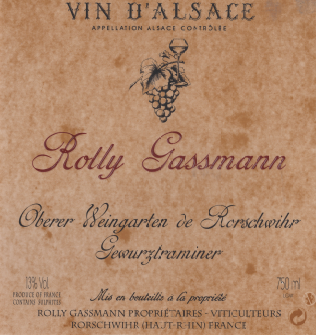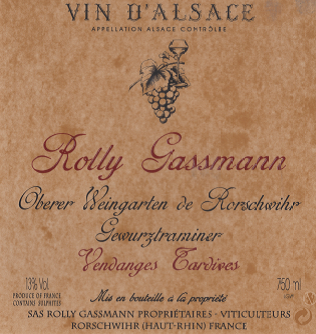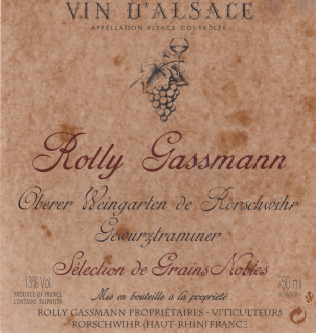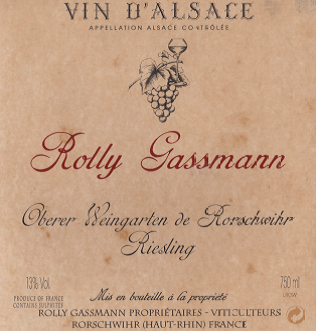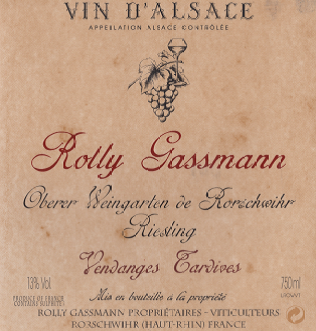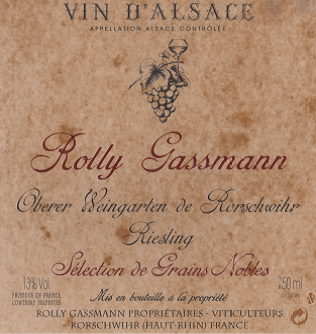WINE INFORMATION:
COLOR : White
DISTRIBUTION OF VARIETIES AND / OR BLENDINGS PLANT ON THE TERROIR:Gewurztraminer, Riesling
READY TO DRINK: 8 to 45 years old
FOOD AND WINE PAIRING:
GEWURZTRAMINER: Thai cuisine, strong cheeses, Roquefort, Stilton, fruit desserts, fruit salads …
GEWURZTRAMINER LATE HARVEST: mango dishes, lychees, Creole chicken, African cuisine, Brazilian cuisine …
ABOUT THE PLACE-DIT
This very old locality has long been exploited by the greats who have marked the history of France. It is undoubtedly at the origin of Domaine Royal Mérovingien in Rorschwihr which existed long before 742. We know that Pépin-le-Bref (742), Louis-le-Pieux (817), Hugues-Capet(987), Henri V (1114), the Habsbourgs(1313), Charles-le–Téméraire(1476) and Louis XIV (1689) owned vines there. Popes Clément III (1092), Calixte II (1119), Innocent II (1140), Lucien III (1183) and the great Abbeys of Wissembourg, Moyenmoutier, Ebersmunsteret, undoubtedly the most prestigious, that of Clunymust also be associated with them. . Should we still insist on the reputation of these wines? Certainly, the ancients provided ample provision … However, it is useful to know that, if the name of the locality sounds rather Germanic, it has undergone a significant evolution over the centuries. Indeed, according to historians, we find its origin in Roman times where the root “Ober” would have meant “Place of the press” which also meant the center of the domain. This would tend to prove the existence of the vine already at that time, because who says press, says, of course, vine. It is also confirmed that this “Superior Wine Garden” (current textual translation of the name) was well delimited, for the eastern and western parts, by walls which have been replaced by embankments, but some foundations still remain. This cru is particularly famous for its remarkable Gewurztraminer; but we must not forget the Riesling, Muscat, Pinot noir and other Pinot gris. Completely anecdotally, it should be noted that it was already mentioned under the heading “Grand-Cru” even before the 1975 delimitation (see the 300 harvest declarations of Rorschwihr which mention the 12 localities. It should be noted that Rorschwihr has only 5 handlers, 2 of whom do not have vines in the 12 localities of the Municipality, the other winegrowers being either cooperators or grape sellers.








